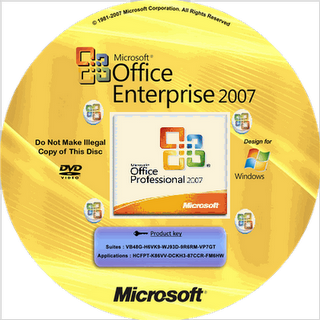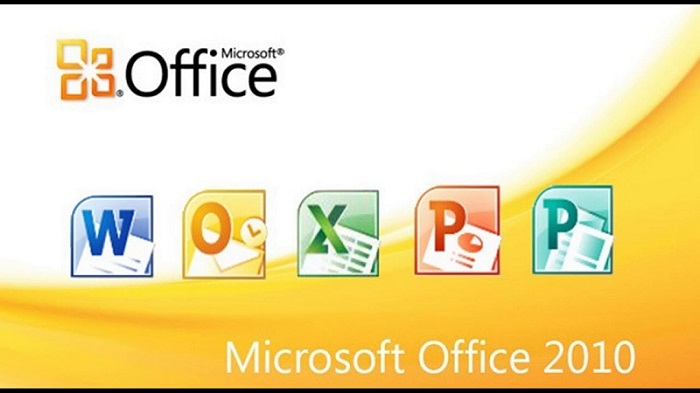

Map A1 button on CF-20 and CF-33 to perform soft dismount from keyboard base November 28, 2018.Check the Embedded Controller (EC) Firmware Version in Powershell January 10, 2019.Impressive Site Removes Background From Images January 11, 2019.Installing Panasonic Toughbook BIOS Updates in a Task Sequence April 24, 2019.


Consolidate PowerShell App Deploy Toolkit Function.Disk Wipe Wedge for use with Microsoft Deployment Toolkit (Any release) November 28, 2019.Script to output all uninstall strings February 28, 2020.Sharing Code Doesn’t Have To Be Ugly December 4, 2020.“.Status Messages” in Right-Click Menu February 11, 2021.NET Framework 3.5 application for configmgr April 1, 2023 msp files from %Temp%\Updates on the test computer to the Updates folder on the Office 2013 network installation point. msp files are in the target folder (%Temp%\Updates).Ĭopy all. The script uses %Temp%\Updates as the target folder, where %Temp% is the Windows temporary folder. Save the following Visual Basic script as “CollectUpdates.vbs” Then run it to extract the update files that are installed on the test computer to a target folder. Verify that your applications are running as expected. Run Microsoft Update to apply all the necessary Office 2013 updates on the test computer. On the test computer, install all Office 2013 applications that will be installed on users’ computers. msp files from a test computer and copy them to the Updates folder Pulled from the following Technet article: MSPs themselves using the following script. With Office 2013, Microsoft finally empowered administrators to pull the update. In previous versions, I’ve had to use WSUSOffline to grab the update files and convert them to. Since Office 2010, I’ve been using one of the MS Office’s installation hidden gems, the “Updates” folder. *UPDATE* Script update, thanks Andy! (CollectOfficeMSPs-2016.vbs)


 0 kommentar(er)
0 kommentar(er)
